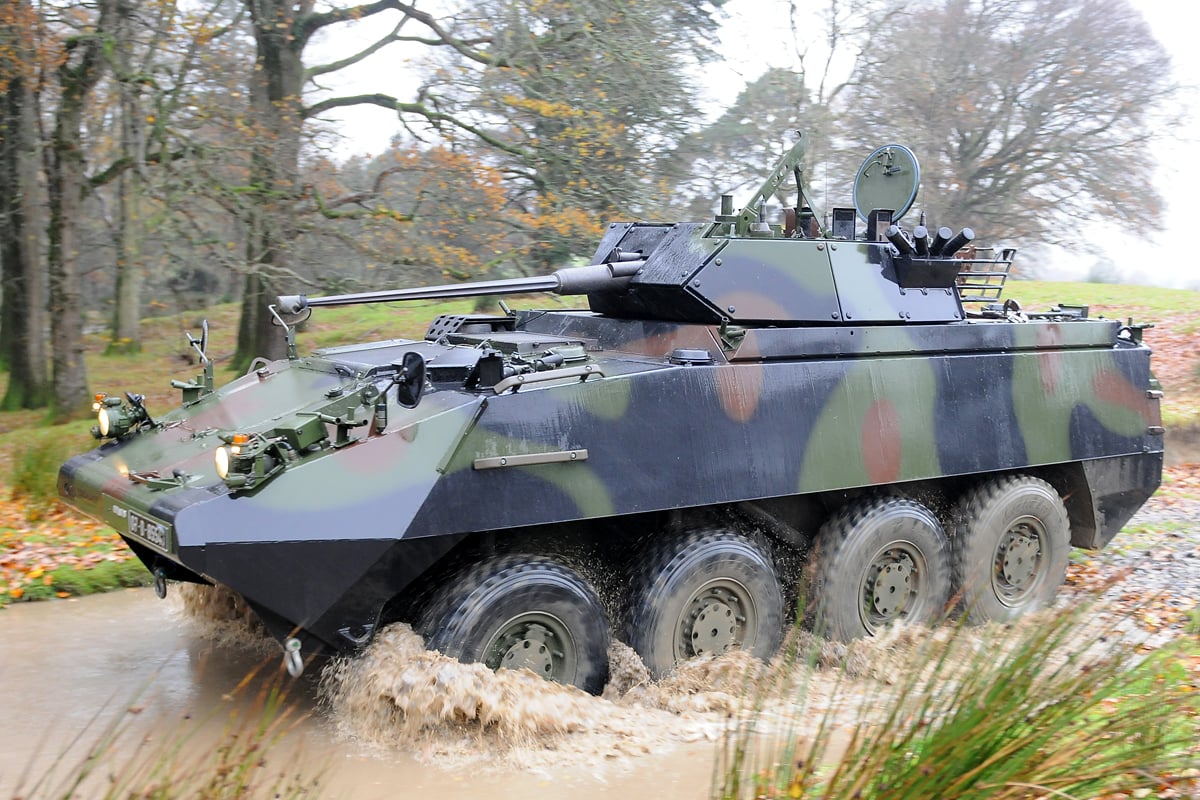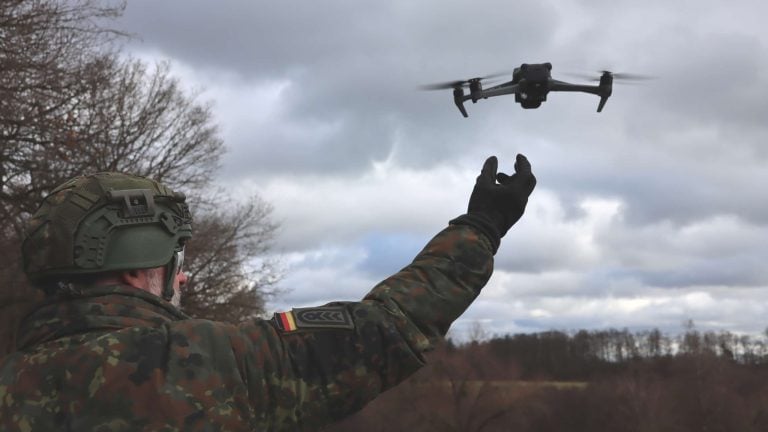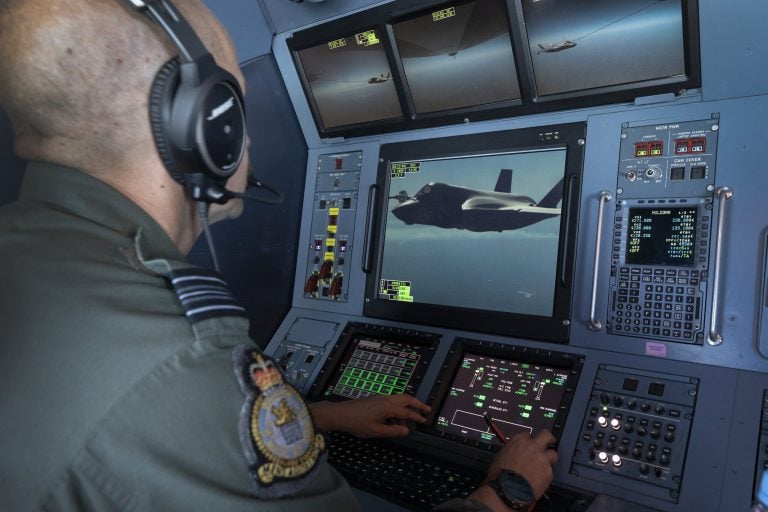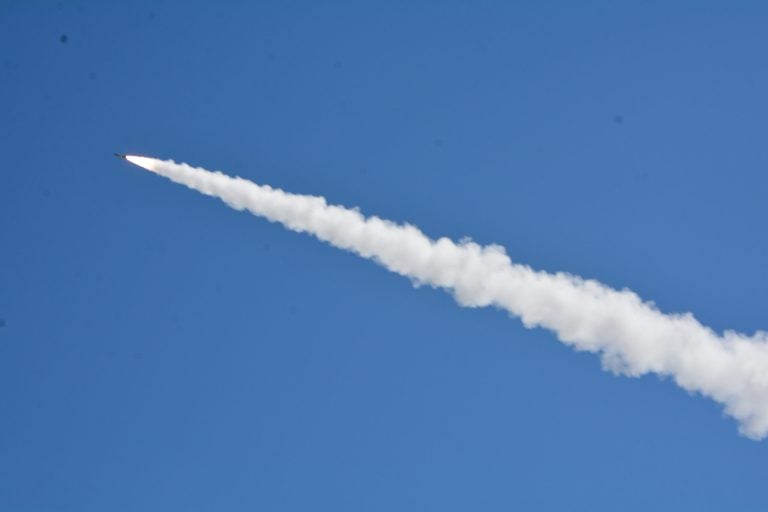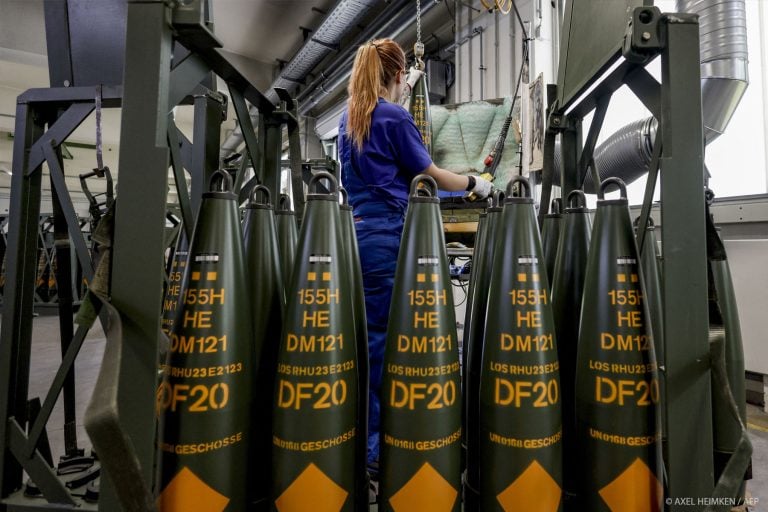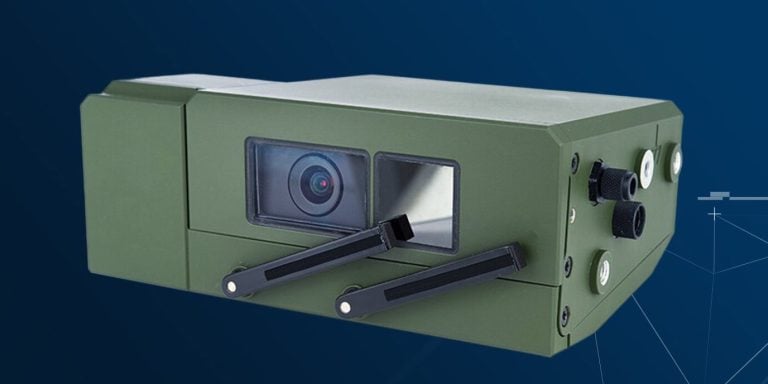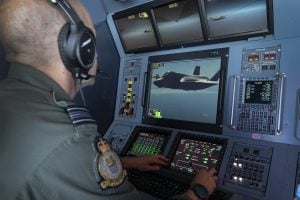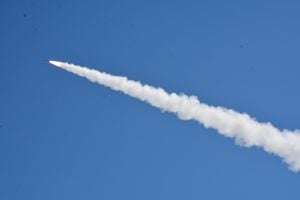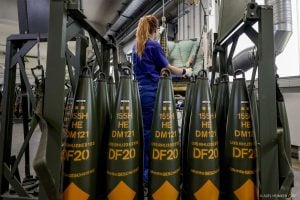Ireland is taking steps to modernize its military capabilities by planning to procure approximately 100 armored vehicles to replace its aging fleet. According to reports from the Irish Mirror, a decision regarding this substantial procurement is anticipated in the upcoming months, with deliveries expected to commence two years from the decision date. The contract is estimated to exceed 400 million euros (around $418 million), primarily aimed at replacing the current fleets of Piranha III armored vehicles and RG-32 light tactical vehicles utilized by the Irish Defense Forces.
Presently, Ireland’s armed forces operate 80 Piranha III vehicles, manufactured by the Swiss company Mowag, which have been in service since 2002. Additionally, there are 27 RG-32 light tactical vehicles produced by BAE Systems Land Systems South Africa that have been utilized since 2009. Despite an investment of 68 million euros (approximately $71 million) for a recent refit of the Piranha fleet, officials recognize the pressing need for comprehensive replacements to ensure the military’s operational effectiveness.
The push for procurement follows recommendations made by the Commission on the Defence Forces in its 2022 report, which the government has accepted. The Commission asserted that a sufficient number of armored personnel carriers (APCs) is imperative not only for overseas missions but also to facilitate necessary training for high readiness standby forces. It highlighted a significant deficiency in this area, which could hinder both national defense and international deployment capabilities.
As for potential candidates for the contract, several advanced military vehicles are being considered, including the Mowag Eagle and Piranha V, KNDS Serval and VBCI, as well as the Boxer produced by Rheinmetall and KNDS Deutschland. Recent reports suggest that the proposal from KNDS holds the most promise, featuring models from the Scorpion project: the Griffon, Jaguar, and Serval.
This procurement initiative aligns with a broader military upgrade plan set to be completed by 2028, which includes an increase in military personnel from the current 7,400 to 11,500. Despite spending only 0.2 percent of its GDP on defense—one of the lowest rates in the European Union—Ireland’s defense budget for 2025 has seen a significant boost. The budget will rise by 8 percent, totaling a record allocation of 1.35 billion euros (around $1.5 billion), marking an increase of 100 million euros (about $111 million).
The move towards enhancing the armored vehicle fleet demonstrates Ireland’s commitment to bolstering its defense capabilities in a changing geopolitical landscape, ensuring its military is well-equipped for both domestic responsibilities and international obligations.
